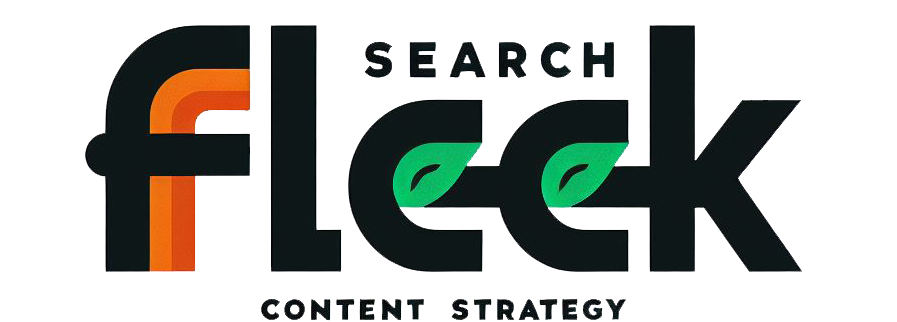Writing a blog post often involves a strategic approach to structuring ideas. Among the most crucial parts of any blog are the introduction and conclusion, which frame and summarize the content, engage the reader, and encourage action. Effective writers know that timing matters when it comes to writing these sections. Some start with the introduction to set the direction, while others prefer to complete the main content first and then circle back to write the introduction and conclusion.
This article explores the benefits and strategies of writing introductions and conclusions at different stages of the writing process, offering insights into how timing can influence clarity, flow, and reader engagement.
Why the Introduction and Conclusion Are Essential
Before diving into the timing, let’s understand the purpose of the introduction and conclusion in a blog post.
- Introduction: The introduction hooks readers, outlines what to expect, and presents the main point or value of the post. It sets the tone and direction for the article.
- Conclusion: The conclusion summarizes key points, reinforces the main message, and often includes a call-to-action (CTA), encouraging readers to engage further, whether by commenting, sharing, or exploring additional content.
The right approach to writing these sections can help in creating a compelling, coherent blog that readers enjoy and share.
Writing the Introduction First: Pros and Cons
Pros of Writing the Introduction First
- Clarifies the Focus and Direction: Starting with the introduction can help writers establish a clear focus and intention for the blog post. By defining the purpose upfront, writers ensure that each section aligns with the main topic.
- Establishes Tone and Voice: An introduction written first helps set the desired tone, whether it’s formal, conversational, or humorous. This tone can then carry through the body of the post for a cohesive feel.
- Provides Structure for the Main Points: A well-crafted introduction lays out the framework for the main points to follow, helping writers stay organized and on-topic.
Example: A writer creating a blog post on “How to Start a Home Business” might outline the key benefits and challenges in the introduction. This initial outline helps ensure each section relates to these main ideas.
Cons of Writing the Introduction First
- Risk of Being Too General: If the writer hasn’t fully developed their ideas, the introduction can be vague or generic, potentially lacking specific insights that come out in the body of the post.
- Limits Flexibility: Writing the introduction first might limit flexibility, especially if new, stronger ideas emerge while writing the body. This can make the introduction feel disconnected or outdated.
- Extra Revisions: When new ideas or angles are introduced in the main content, the introduction may require significant editing, which can add to the revision workload.
Writing the Introduction Last: Pros and Cons
Pros of Writing the Introduction Last
- Reflects the Final Structure and Insights: When the body of the post is complete, the writer has a better sense of the key points and insights. This makes it easier to craft a relevant and engaging introduction.
- Allows for a Strong Hook: Writing the introduction last lets writers create a powerful hook that aligns with the post’s fully developed ideas. They can use an insight from the main content to grab readers’ attention effectively.
- Ensures Consistency: By writing the introduction after the main content, writers ensure it aligns with the tone, structure, and main takeaways, creating a more cohesive experience for readers.
Example: If a writer finishes an article about “Eco-Friendly Gardening Tips” and realizes the strongest point is water conservation, they might revise the introduction to emphasize that aspect.
Cons of Writing the Introduction Last
- Less Initial Guidance: Without an introductory guide, some writers may struggle to maintain focus, leading to a meandering post or lack of direction.
- Misses Out on Early Engagement Planning: Without a pre-written introduction, it may be challenging to keep the intended audience in mind or develop an engaging hook until the end.
When to Write the Conclusion

For most writers, it’s more intuitive to write the conclusion after the body, allowing it to reflect the completed article’s message. However, effective writers often revise the conclusion after a second read-through, making it a powerful, memorable end to their content.
Advantages of Writing the Conclusion After the Main Content
- Stronger Summary: A conclusion written after completing the body can better summarize the main points, as all ideas are fresh in the writer’s mind.
- Clear Call-to-Action: By writing the conclusion last, writers can incorporate an effective CTA that directly relates to the content, whether it’s encouraging readers to apply the advice, share their experiences, or follow up with related resources.
- Greater Impact: A well-written conclusion can enhance the article’s impact, leaving readers with a clear takeaway or next step.
Example: After writing a post on “Healthy Meal Prep Ideas,” a writer might use the conclusion to emphasize the simplicity and benefits of meal prepping, linking to recipe resources or inviting readers to try it themselves.
The Drawback of Writing the Conclusion Last
- Risk of Repetition: If the writer doesn’t review the full article, the conclusion can sometimes repeat points already covered without adding new insights or a strong finish.
Hybrid Approach: Writing a Rough Introduction First, then Revising It
Some writers find success in writing a rough introduction first, followed by the body and conclusion, then revising the introduction for better coherence. This hybrid approach provides initial direction but allows for flexibility.
Advantages of a Hybrid Approach
- Guided Structure with Flexibility: A rough draft of the introduction offers initial guidance without the rigidity of a final version. Writers can easily adjust the introduction to fit new ideas.
- Balanced Flow: By revising the introduction at the end, the writer ensures a smooth transition between all sections and can adjust the introduction to fit the post’s fully developed insights.
Example: Real-World Practice from Pro Writers
Professional bloggers and content creators often use this hybrid method. They start with a general introduction, complete the body, then circle back to refine the introduction and conclusion. This process combines the benefits of both approaches and minimizes the drawbacks.
Conclusion
In blog writing, the timing of the introduction and conclusion depends on the writer’s style, goals, and the post’s structure. Writing the introduction first can provide structure and direction, while writing it last allows for a more precise hook and alignment with the article’s final form. Similarly, writing the conclusion last ensures it reflects the post’s complete message, with a strong call-to-action that aligns with the content.
Ultimately, the most effective approach varies, and many successful writers adopt a flexible strategy. By experimenting with both methods, writers can determine what best suits their process, ensuring each blog post engages readers from start to finish.
Emon Anam, CEO of Search Fleek, isn't your typical digital guru. He brings a unique blend of financial expertise (former banking pro!) and digital marketing mastery to the table. A self-proclaimed "SEO Sherlock Holmes," Emon unlocks content secrets for local businesses and SaaS companies. But beyond the keyboard, he's a devoted family man, music enthusiast, and cricket champion. Let Emon weave your digital success story!
AI Writing Disclaimer
This post was initially researched and outlined by me. The content was then generated by an AI language model using the provided information. The final text has been reviewed and edited by me for accuracy and clarity.




